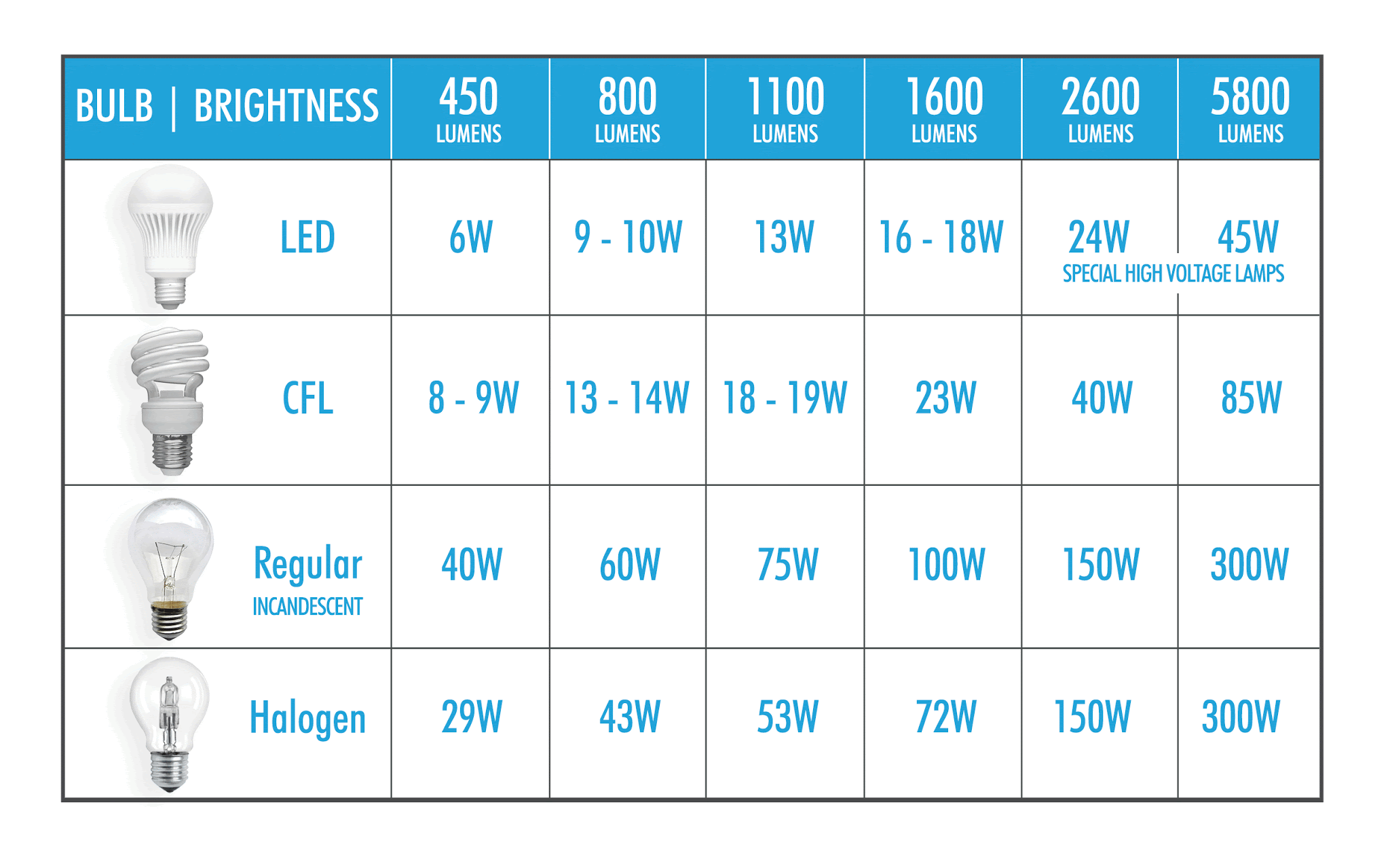Understanding Lumens for Bedroom Lamps

The brightness of a bedroom lamp is crucial for creating the right ambiance and ensuring adequate visibility for various activities. Lumens, a unit of measurement for light output, play a vital role in determining the brightness of a light source. Understanding the relationship between lumens and brightness is essential for choosing the right bedroom lamp to meet your specific needs.
Lumen Requirements for Different Bedroom Activities
The required lumen output for a bedroom lamp varies depending on the activity you’re engaged in. For instance, reading requires brighter light than relaxing, while sleeping demands a dimmer environment.
- Reading: For comfortable reading, a bedroom lamp should provide at least 500 lumens. This brightness ensures sufficient illumination for reading without straining your eyes. A lamp with a higher lumen output, around 750-1000 lumens, might be preferable for individuals who prefer even brighter light while reading.
- Relaxing: A more relaxed atmosphere can be achieved with a lamp providing around 200-400 lumens. This level of brightness creates a cozy and inviting environment without being overly bright or harsh. A dimmer switch on your lamp can help you adjust the brightness to your desired level for relaxing activities.
- Sleeping: When it’s time to sleep, it’s best to use a lamp with a very low lumen output, ideally under 100 lumens. A nightlight or a dim bedside lamp can provide enough light for navigating the room without disrupting your sleep cycle. Using a sleep mask or eye cover can also help block out any remaining light for a more restful sleep.
Types of Bedroom Lamps and their Lumen Ranges

The right bedroom lamp can make all the difference in creating the perfect ambiance for relaxation, reading, or even getting ready for the day. Understanding the lumen output of different lamp types is crucial for choosing the right brightness for your specific needs.
Bedroom Lamp Types and their Lumen Ranges
Here’s a breakdown of common bedroom lamp types and their typical lumen ranges, along with their advantages and disadvantages:
| Lamp Type | Typical Lumen Range | Brightness Level | Advantages | Disadvantages |
|---|---|---|---|---|
| Table Lamps | 400-1000 lumens | Medium to Bright | Versatile, can be placed on nightstands, desks, or dressers. Offer focused light for reading or tasks. | Can take up space on surfaces, may not provide enough light for larger rooms. |
| Floor Lamps | 600-1600 lumens | Bright to Very Bright | Provide ample light for a larger area, can be moved easily, come in various styles. | Can be bulky, may not be suitable for smaller bedrooms. |
| Bedside Lamps | 150-400 lumens | Soft to Medium | Ideal for reading in bed, can be dimmed for a relaxing atmosphere, often come in pairs. | May not be bright enough for tasks requiring more light. |
| Ceiling Fixtures | 800-2500 lumens | Very Bright to Extremely Bright | Provide overall illumination for the entire room, can be integrated with smart home systems. | May be less versatile for targeted lighting, can be more expensive to install. |
Factors Influencing Lumen Needs in Bedrooms: Lumens For Bedroom Lamp

The brightness you perceive in your bedroom is influenced by several factors beyond just the lamp’s lumen output. Understanding these factors is crucial for choosing the right lamp for your space and achieving the desired ambiance.
Room Size and Ceiling Height
The size of your bedroom and the height of your ceiling play a significant role in determining the necessary lumens for adequate illumination. Larger rooms with higher ceilings require more lumens to ensure sufficient light reaches all corners.
- Smaller bedrooms (under 100 sq ft): A lamp with 400-600 lumens might be sufficient for general illumination.
- Medium-sized bedrooms (100-200 sq ft): A lamp with 600-800 lumens might be ideal for providing a well-lit environment.
- Larger bedrooms (over 200 sq ft): A lamp with 800-1000 lumens or more might be necessary to illuminate the entire space effectively.
For rooms with high ceilings, consider lamps with a higher lumen output to compensate for the increased distance the light needs to travel.
Wall Color
The color of your walls can significantly affect the perceived brightness of a room. Darker walls absorb more light, making the room appear dimmer. Conversely, lighter walls reflect more light, making the room appear brighter.
- Darker walls: You might need a lamp with higher lumen output to achieve the desired brightness compared to a room with lighter walls.
- Lighter walls: A lamp with lower lumen output can provide sufficient brightness due to the increased light reflection.
Example: A bedroom with dark gray walls might require a lamp with 800 lumens to achieve the same brightness as a room with white walls illuminated by a 600-lumen lamp.
Window Size and Natural Light, Lumens for bedroom lamp
The amount of natural light entering your bedroom can influence the perceived brightness of your artificial light source.
- Large windows with ample natural light: You might require a lamp with lower lumen output for reading or other tasks.
- Small windows or limited natural light: A lamp with higher lumen output might be necessary to compensate for the lack of natural light.
Example: A bedroom with large windows facing south, receiving abundant sunlight, might only require a 400-lumen lamp for reading, while a bedroom with small windows facing north might need a 600-lumen lamp for the same purpose.
